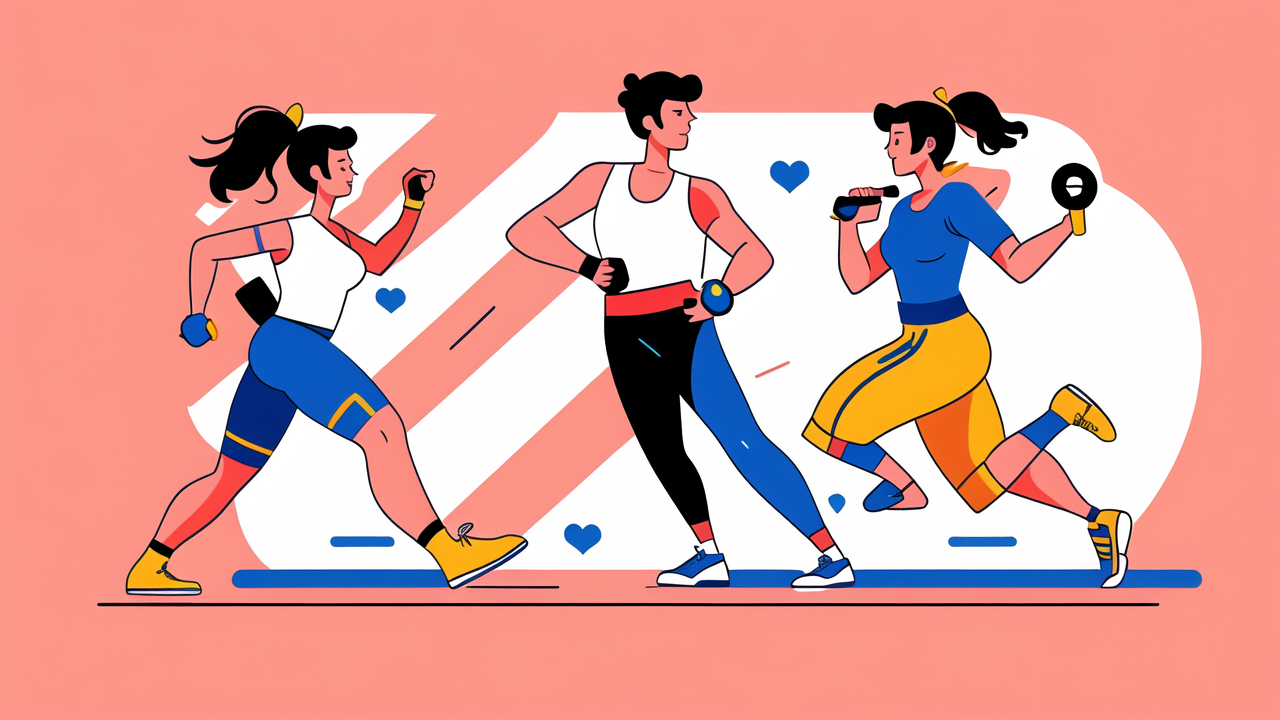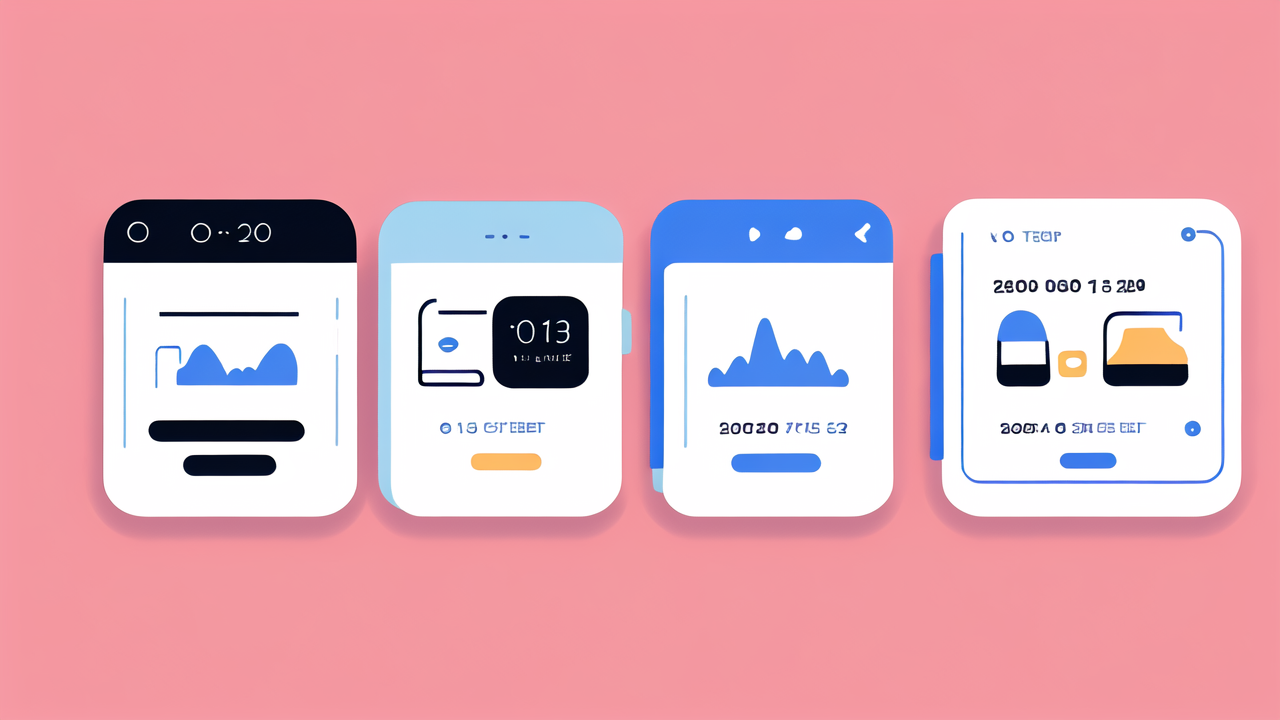The Rise of Wearable Technology in Fitness Regimes
Understanding the Impact of Wearables on Workout Efficiency
Wearable tech has changed how we work out. These devices track our moves and give us real-time data. They help us set goals and stay on track. With wearables, we can see our progress clearly.

Many people now rely on these gadgets for their fitness routines. They offer insights we couldn't get before. Heart rate, steps taken, and calories burned are just a few things they measure.
Wearables make workouts more focused and effective. They tell us when to push harder or slow down. This helps prevent injuries and maximizes results. As the tech improves, so does our ability to fine-tune our fitness.
Evolution of Fitness Wearables in the United States Market
The U.S. has seen a boom in fitness wearables. It started with simple step counters. Now, we have smart clothes and advanced body trackers. The market has grown rapidly in recent years.
Early adopters were mostly tech-savvy fitness buffs. Now, wearables appeal to a wider audience. From casual gym-goers to pro athletes, everyone's getting on board.
Brands keep adding new features to stay competitive. GPS tracking, sleep analysis, and stress monitoring are now common. Some devices even offer coaching and personalized workout plans.
The future looks bright for fitness wearables in the U.S. As prices drop and tech improves, more people will use them. They're becoming an essential part of the American fitness landscape.
Key Features of Top Fitness Wearables
Advanced Metrics and Analytics for Expert Athletes
Pro athletes need detailed data to improve. Top wearables offer just that. They track complex metrics like VO2 max and recovery time. This helps athletes train smarter and perform better.

These devices can measure running dynamics and swim strokes. They analyze form and technique. This level of detail was once only available in labs. Now, it's on your wrist or in your clothes.
Advanced analytics help spot trends and patterns. Athletes can see how different factors affect their performance. This leads to more targeted training and better results. It's like having a personal coach and lab always with you.
Integration with Mobile Apps and Ecosystems
Modern wearables don't work alone. They connect to apps and larger ecosystems. This makes data more useful and accessible. You can view your stats on your phone or computer.
Many devices sync with popular fitness apps. This lets you track your progress over time. You can set goals, join challenges, and share achievements. It adds a social aspect to your workouts.
Some wearables integrate with smart home systems. They can control your music or adjust your thermostat. This creates a seamless experience from workout to recovery.
Battery Life and Durability for Extreme Environments
For serious athletes, gear needs to last. Top wearables offer long battery life and tough builds. They can handle sweat, rain, and extreme temperatures. Some even work underwater.
Battery life varies by device. Some last days or weeks on a single charge. Others use solar power to extend their life. This is crucial for endurance athletes and outdoor enthusiasts.
Durability is key for rough sports. Many wearables use strong materials like Gorilla Glass. They're built to survive impacts and harsh conditions. This means you can focus on your workout, not your gear.
Choosing the Right Wearable Technology for Your Sport
Assessing Compatibility with Different Fitness Regimens
Not all wearables work for every sport. Runners need different features than swimmers or weightlifters. It's important to choose a device that fits your workout style.

For runners, GPS and heart rate monitoring are key. Swimmers need waterproof devices with stroke counting. Cyclists might want cadence sensors and power meters.
Consider your fitness goals too. If you're trying to lose weight, look for devices with good calorie tracking. For improving endurance, focus on heart rate zones and recovery metrics.
Some wearables are more versatile than others. They offer modes for multiple sports. These are great if you enjoy variety in your workouts. But specialized devices might offer more depth for specific activities.
Importance of Wearable Technology in Injury Prevention
Wearables can help you stay safe while working out. They monitor your body's signals and warn you of potential issues. This can prevent overtraining and reduce injury risk.
Many devices track fatigue levels and recovery time. They tell you when to rest or take it easy. Some even analyze your form and technique. This helps you avoid strain from poor posture or movements.
Advanced wearables can detect changes in your gait or running style. This might signal an upcoming injury. By alerting you early, they help you address issues before they become serious.
For contact sports, impact sensors are valuable. They can track hits and alert coaches to potential concussions. This adds an extra layer of safety to high-risk activities.
Navigating the Competitive Landscape of Wearable Fitness Technology
The market for fitness wearables is crowded. New products and brands appear often. It can be hard to know which one is right for you. Research and reviews are key to making a good choice.
Consider the ecosystem when choosing a device. Some work best with specific phones or apps. Others offer more flexibility. Think about what other tech you use and how it will fit together.
Price is a factor, but so is long-term value. Cheaper devices might lack features or durability. More expensive ones often offer better support and updates. Balance your budget with your needs.
Look for brands with a good track record in fitness tech. They're more likely to offer reliable products and support. But don't ignore newcomers completely. They might offer innovative features that suit you well.
Remember, the best wearable is the one you'll actually use. Choose something comfortable and easy to use. It should fit seamlessly into your workout routine. With the right device, you can take your fitness to new levels.




Leave a comment
This site is protected by hCaptcha and the hCaptcha Privacy Policy and Terms of Service apply.